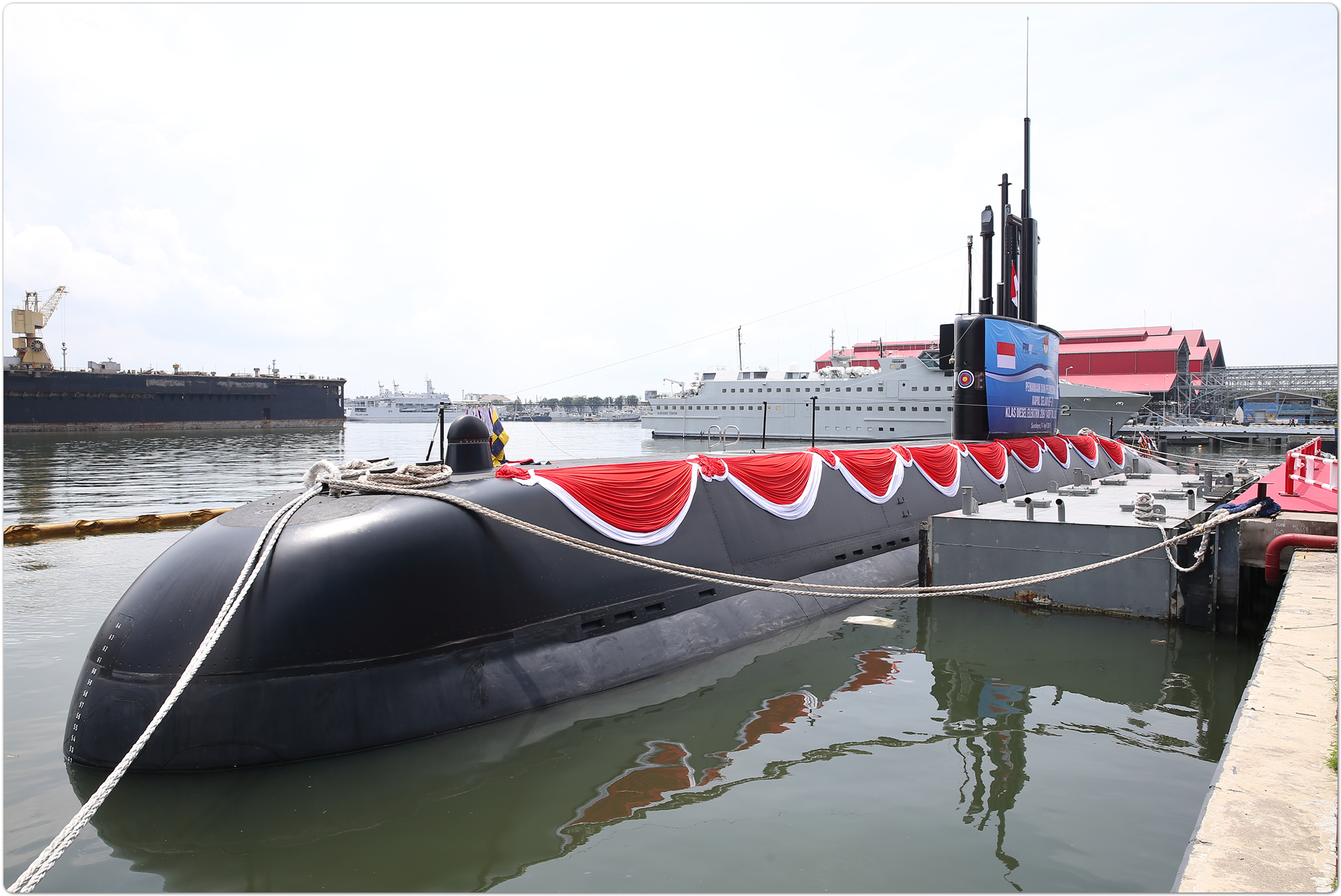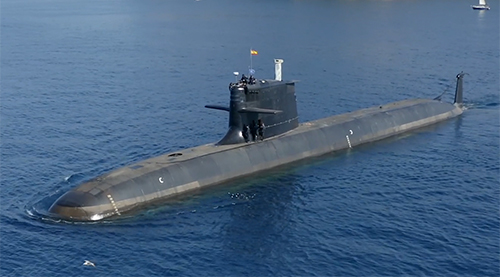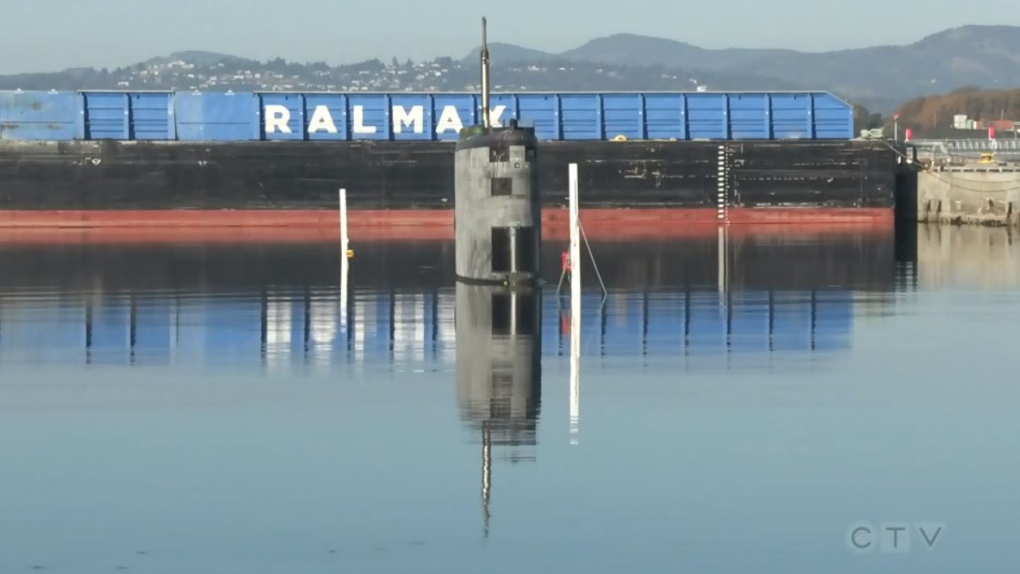Realistically with all the other spending priorities I think we're quite probably looking at a Submarine REPLACEMENT project rather than a Submarine ENHANCEMENT project. We have four subs currently. Likely the project will be to replace them with four new subs. I'd be pleasantly surprised if they went for six and would absolutely pass out from shock if they went for eight.
So based on those kind of numbers (lets say a maximum of four subs per coast - one coast only if we get four total and four per coast if we win the lottery and get eight) lets look at the pluses and minuses (I'm sure that I've missed many) of the options that
@KevinB suggested:
Realistic options are:
1) Divest the sub surface fleet, get rid of SS trades
Plus
- Cost of new subs can be used instead for other capabilities
- Frees up PYs for other parts of the RCN
- Eliminates a full training/sustainment stream from the Navy
Minus
- We lose a whole major combat and surveillance capability that can't be fully replicated by other assets
- Lose an ASW training platform for the surface/MH/MPA fleets
2) Divest the sub surface fleet, and send SS crews on Brit and US Nuke boats.
Plus
- Cost of new subs can be used instead for other capabilities
- RCN gets experience in SSN operations
- Maintains basic capability in Submarine Ops in case we purchase new subs in the future
Minus
- A hard political sell to both nationalists and anti-nuc groups (and possibly to some Americans)
- We would not have a say in how or where the boats operate. US/British subs may undertake operations that are not in our national interest.
- Even if the boats were fully Canadian crewed there would always be serious strings attached if they were physically owned by another nation.
3) Buy new AIP boats and live with constraints (winter work conditions limited by AOPS support)
Plus
- RCN more or less maintains our current capabilities with a newer platform.
Minus
- Cost of the submarines (and their infrastructure/support/PYs) could potentially have been used on other priorities (proper comparative cost-benefit analysis should be done).
- Any conventional/AIP sub we get would face the same limitations we have currently re: Arctic operations but also in terms of expeditionary operations outside our home waters.
4) Buy insanely expensive Ice Breaching AIP bespoke fleet
Plus
- RCN maintains our current capabilities with a newer platform plus gets the added ability to conduct under ice operations without the political baggage of introducing nuclear powered boats to the fleet.
Minus
- The cost of a custom design would be much higher than any other "Canadianized" version of an existing design.
- Cost of the submarines (and their infrastructure/support/PYs) could potentially have been used on other priorities (proper comparative cost-benefit analysis should be done).
- While we would gain the capability of under ice operations, being conventionally powered the subs would still face difficulty performing distant expeditionary operations.
5) SSN buy in with Oz/UK/US.
Plus
- RCN gets the most capable submarines for the fleet with the capability for both under-ice and expeditionary operations.
Minus
- This option has the highest cost of all the options which could cut into other spending requirements or result in a smaller fleet of subs being procured compared to the other options.
- There would be political objections from some quarters to the purchase of nuclear powered subs that would have to be overcome.
- Cost of the submarines (and their infrastructure/support/PYs) could potentially have been used on other priorities (proper comparative cost-benefit analysis should be done).
- Supporting nuclear subs would require either a massive infrastructure (and training) investment or a politically tricky foreign basing agreement.
In my dream world I would love for the RCN to get 8-12 SSNs but realistically (both politically and economically) I simply can't see that happening. Similarly I don't see any government wanting to spend the political capital to pitch having Canadian submariners manning foreign submarines (beyond exchange-type arrangements).
So that really leaves divestment or conventional/AIP replacement as the realistic options (I think a bespoke design would be far too risky and far too expensive to even consider).
I think that a reasonable argument could be made for divestment. Subs and their infrastructure/support are very expensive. While submarines have great capabilities, the tiny size of our sub fleet (especially in relation to the vast maritime areas we need to defend) means that our ability to leverage that capability in an impactful way during a conflict is quite limited.
For the cost of maintaining a (small) submarine fleet you could invest in other capabilities (MPAs, UUVs/USVs, undersea sensors, satellites, etc.) that could replace
some of the capabilities of the subs but in greater numbers which could provide greater overall coverage than the subs they would replace. We could also invest in
novel technologies that could possibly have the ability to make submerged submarines more easily detectable.
On the other hand as
@Eye In The Sky has
noted, subs have proved in both World Wars (and the Falklands) that they can have a major strategic impact on a conflict.
If I honestly thought that the CAF would come up with an forward looking plan to control our maritime domain with an integrated network of manned and unmanned surface and subsurface vessels, aircraft, UAVs, remote sensors, satellites, research in new technologies, etc. that could replace the subs and increase our overall domain awareness and ability to respond to incursions and that the government would properly fund those plans then I might fall on the side of divestment.
But since I don't believe that to be the case I'd say that the RCN should push for replacement of the Victoria-class with as many AIP-equipped replacement subs that they can get away with.






